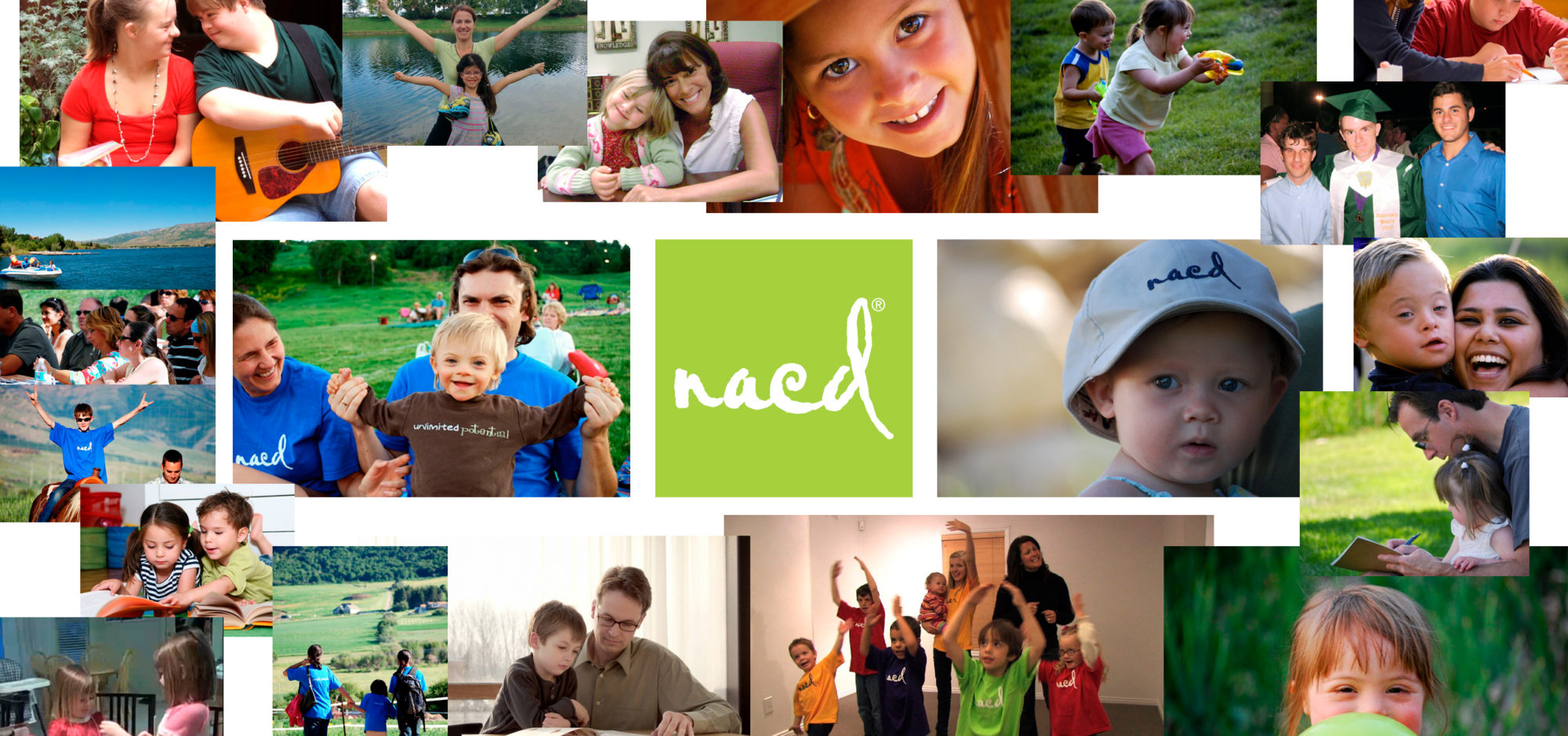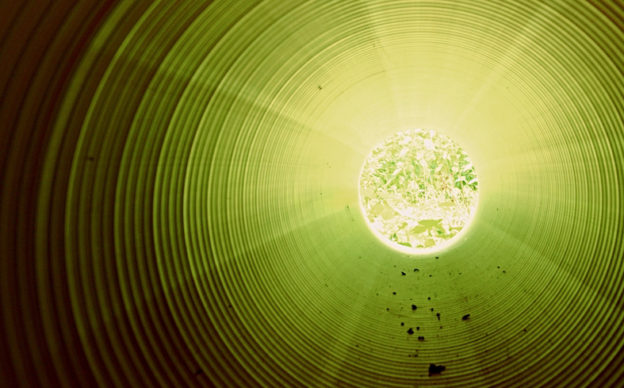A number of years ago I had a group of about fifteen families who lived in a small town in Canada and would come down to our chapter in Lethbridge. I would see the families every three months, conduct their assessments, and redesign their programs. It was a close-knit group of families who did a great job of supporting each other. A month after one of my trips, a vision therapist moved into their small town, and the word went out that he could find and address a variety visual problems, problems that “affected virtually all aspects of developmental and educational problems.” To make a long story short, virtually every one of the families signed contracts to get “treatment” twice a week from this guy. When I saw the children two months later, every child who had tracking, convergence, or other visual issues was significantly worse, and a number who had not had an issue now did. These families had all gone down the rabbit hole and discovered that they had wasted time and money and, most significantly, harmed their children. This was a problem years ago, but now with the Internet this is a much greater problem than it was then. Pooling ignorance and opening up new rabbit holes just gets easier.
I am sorry to hear when we have a new snake oil salesman come to town and parents—anxious for a quick, or quicker, fix and with a fear that they might be missing something that could help their children—line up to jump down the rabbit hole. With the Internet, chat groups, and conferences, these things now spread through various groups like viruses, infecting many and constantly morphing. Unfortunately there are no vaccines for these viruses other than science and education. Many folks have a concept of research that is defined by checking a few boards and seeing how many people are jumping on the train. Parents need to really understand and to really research the science—if there is any. Sadly, as happens, a little bit of pseudo-science leads to a lot of garbage, big business, and a lot of rabbit holes.
We at NACD are uniquely positioned to discover what works. We work with the whole child, not seeing them as pieces in isolation, as does most of the world. We are philosophically driven, not methodology-driven or product-driven. We are not out to sell any specific method or a technique, a pill or whatever; we educate parents and professionals and work to advance the science. We are not giving parents generic therapeutic or educational tools. We are constantly investigating, evaluating, and developing new and better ones and learning time and again that specificity, frequency, intensity, and duration and hard work are the keys. We have six decades of experience with tens of thousands of whole children in whole families from around the world approaching the work from the perspective that we are always looking for better tools. We have thousands of tools in our toolbox and do not hesitate to send a family to a specific practitioner if we feel that they have something to offer. The list of treatments, that we refer individual children to is as long as my arm; unfortunately the list of what appear to be inappropriate (for a specific child), harmful, or ineffective treatments (and which often have associated products to purchase) is longer than both my arms and legs put together. With our international network, there isn’t much that we don’t hear about. After all, our families are all free to pursue whatever they want, so we keep hearing about all of the rabbit holes and the occasional valid treatment.
We gather tons of data from our children and can generally look at any individual child and group of similar children and watch their progression globally and in specific areas. As we do this we look for outliers, those with bumps up or down in their developmental curves, then look for a cause. We do this constantly with new techniques that we develop, watching to see if we are changing the curve beyond what we would have expected before. We always watch with particular vigilance those children who are receiving some outside treatments or therapies. We then engage in our favorite “free-time” activity, conducting research and reviewing research. Based on our analysis we may see some promise in an approach and await more data. If it seems valid we try incorporating it and gather more data ourselves, refer families out to receive the treatment, and continue to gather more data to either isolate for whom it might be applicable or helpful or determine if it is a valid approach.
As many of you know, I have long said that the example of one is worse than no example at all. We are constantly seeing epidemics of treatments based on one or two parents thinking they had found the magic pill. Parents are very susceptible to believing that something worked. Particularly troublesome are the treatments that say that “any change you see in your child in the next day, week, month, year is a result of this specific thing we are going to sell you.” Unless kids have an underlying health problem that we need to help the family address, we can look at how much program we are able to get accomplished and have pretty strong expectations of outcomes. Most children change. Change does not mean that something worked. Scientifically isolating the pieces and having sufficient data is the key and which is why we have been so uniquely positioned. I have always been a skeptical optimist. When I hear of something new that sounds promising, I am always hopeful that it will work. At the same time, I am very cautious with our families’ time and resources and their children’s futures. Most of these “new” treatments have been repackaged over and over again, or pieces from this and that combined to present something “new,” and most are marketed and built as businesses. When you understand the complexity of a child and see how many of these “practices” are built on practitioners receiving a weekend training and supposedly being able to apply treatment and sell products addressing a broad range or problems and conditions, you should start waving a red flag. (I generally just see red.)
We certainly don’t have all the answers, nor will we ever, but we feel responsible for the children and families we work with. We have only one goal: to help them get to where they want to go and to get there as quickly as possible, using whatever means available. Our single biggest problem, without a close second or third, is getting enough program accomplished and accomplishing it well. We have to give most families a compromised program because of their lack of time and resources to get their program accomplished. Every one of our evaluators can look back over their years and caseload and see the great successes, be they kids on the spectrum, brain injured, ADHD, typical, or Down syndrome, and we can all tell you why the great successes were there. They did program and they did it well. None of our top kids in any category did anything beyond program or the few specific outside things we might have recommended. Pretty universally, those finding rabbit hole after rabbit hole to jump down are not the success stories. NO MAGIC PILLS OR MAGIC BULLETS!
When I hear of families spending thousands of dollars for something that some parent said worked for their child, all I can do is pull out my hair and scream to the mountains. When I hear how much time and money they spend on “magic pills,” my mind always jumps to how much help they could bring in and really do a great job with their programs for what they are spending on jumping down the rabbit hole. We all have limited time and resources, and not many of us can waste those.
Families go to conventions, many of which are actually just sales events; most speakers aren’t there to educate, they’re there to sell. Families mistakenly feel that if someone is speaking then they must have some credibility. No, often they are just adding to the list of things parents can buy or buy into. The organizers feel they are helping families by exposing them to as much as possible. The rare times we agree to speak to a group it is to help educate the parents, not sell them something. We disseminate knowledge and information. We have been proud to be at the forefront of developing better and better insights and methods to help the full range of children and to see the fruits of our labors change perceptions and opportunities for our children. To borrow a line from a TV ad, “We know a lot because we have seen a lot.”
Two generations of work have just reinforced that the basis of all neurological growth is neuroplasticity, meaning we change the brain and cause development to occur by supplying the brain with specific targeted input with sufficient frequency, intensity, and duration. It is a proven process, it works, but it necessitates time and work. You can no more produce significant neurodevelopmental change with a magic pill than teach a child algebra overnight with a drug or supplement. We will continue to find better, more specific tools and to create more and more insights.
There is a lot to learn and we understand that parents have only so many resources and so much time. We try to help families utilize their limited resources well and productively and we will continue to rely on and develop the science. There are many scientists, professionals and groups that are helping to develop the science and improve the lots of all of our children, but it becomes more and more difficult for parents to sift through all of the chatter. Despite your child’s problems or diagnosis, your child is unique. Your child’s problems, issues and needs are specific to your child not to their label or diagnosis. Every one of the tens of thousands of children we have worked with were unique. Understanding that and seeing every child through fresh eyes has been fundamental to our successes.
Please beware and please avoid jumping down rabbit holes that only make your goals tougher to achieve.



 Thanksgiving is the one day a year when we in the United States pause to come together as family and friends to give thanks for the blessings of the preceding year and to reunite.
Thanksgiving is the one day a year when we in the United States pause to come together as family and friends to give thanks for the blessings of the preceding year and to reunite. I’m a morning-news junkie. I get up and turn the news on in my bedroom, then go down to the kitchen to get coffee and turn on a different news channel and then go up to my bathroom to shower and get ready and turn on a third news channel. I feel I need to know what is going on in the world, I don’t need to know who shot whom at what bar last night or how the traffic is doing unless I have to drive to the airport so I skip local news and look for national and international news and stories that actually address important issues. Between a few different sources I hope to get at least an approximation of what is really going on.
I’m a morning-news junkie. I get up and turn the news on in my bedroom, then go down to the kitchen to get coffee and turn on a different news channel and then go up to my bathroom to shower and get ready and turn on a third news channel. I feel I need to know what is going on in the world, I don’t need to know who shot whom at what bar last night or how the traffic is doing unless I have to drive to the airport so I skip local news and look for national and international news and stories that actually address important issues. Between a few different sources I hope to get at least an approximation of what is really going on.